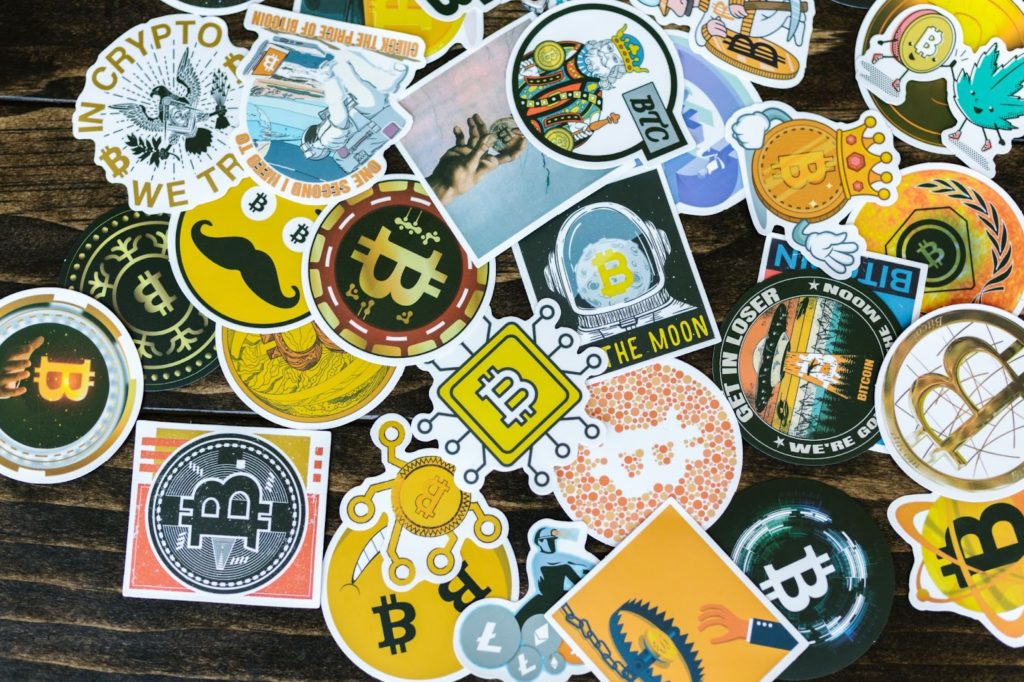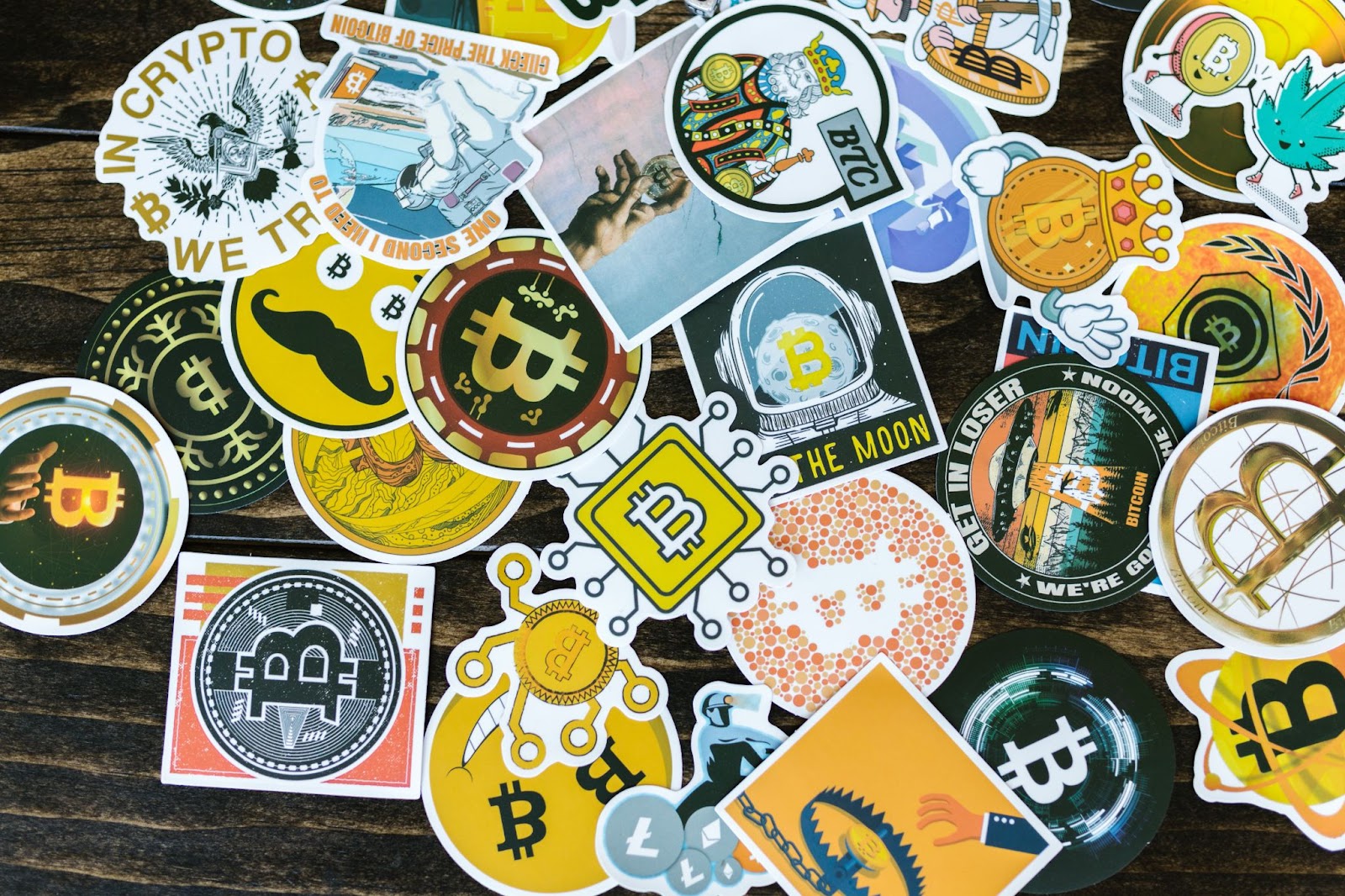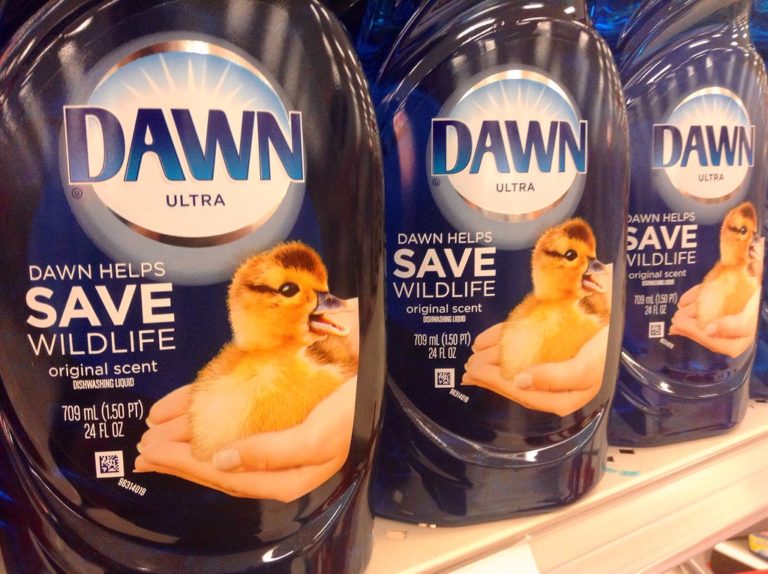Are Stickers Eco-Friendly?

We all love stickers. They’re a great way to add personality to our belongings and make them unique to us. But are they eco-friendly? In this blog post, we’ll take a look at the environmental impact of stickers and whether or not they are truly eco-friendly.
What is a Sticker?
It’s a tiny bit of plastic or paper with some sort of design, text, or image printed on it. Once attached to a body, it is held in place by a glue-like adhesive. Commonly, stickers will have a protective coating over the adhesive to keep it in pristine condition. Until it is stripped away, this outer layer will remain. This is the stage at which you are typically prepared to apply the sticker on its intended surface.
Stickers can be used aesthetically or practically, depending on your needs. They come in a wide range of forms, dimensions, hues, and patterns. You’ve probably seen them on a variety of surfaces, including lunch boxes, lockers, vehicles, walls, windows, notebooks, and more.
Stickers are commonly employed in the branding process, particularly when an idea, design, or slogan must be associated with a specific organization, business, or institution. Stickers can also used to describe your offerings. This is generally done to find subtle details that a cursory inspection might have missed.
Stickers are another popular form of advertising, and they are utilized in everything from political campaigns to major football sponsorships. In football, it is a major factor.
Materials Used to Create Stickers
Stickers are typically manufactured from plastic. Stickers are often made from plastic, however there are many different kinds of plastic utilized. The list shows the materials used to make stickers:
Vinyl
Plastic vinyl is used to make the vast majority of stickers because of its long lifespan, resistance to moisture and sunlight, and low cost. Vinyl is commonly used to create souvenir stickers and decals that may be applied to smooth surfaces like glass, metal, plastic, and even glossy computer screens. Vinyl’s malleability, chemical resistance, and general durability make it a popular material for use in the production of stickers for product and industrial labels.
Polypropylene
Sticker labels made of polypropylene, another form of plastic, are highly recommended. When comparing polypropylene and vinyl labels, you’ll find that the former are equally durable while the latter are more affordable. Polypropylene stickers are typically transparent, shiny, or white, and they are resistant to water and solvents. Stickers for windows, beverage labels, and other types of bathroom product labels are all frequent uses for these stickers.
Fluorescent Paper
Sticker labels are commonly made out of fluorescent paper in factories and other industrial settings. The basic idea behind fluorescently dyed paper stickers is that they will stand out more. That’s why you’ll often see them utilized to draw attention to something that’s crucial. It’s common practice to use neon labels to flag boxes as fragile or hazardous.
Polyester
Outdoor stickers are typically made from polyester, another sort of plastic. These stickers, which have a shiny or mirror-like appearance, are commonly seen on the control panels of air conditioners, fuse boxes, and other similar pieces of outdoor metal and electronic equipment. Stickers intended for usage in all kinds of weather should be made of polyester because it is long-lasting and won’t peel.
Acetate
Satin stickers are typically made from acetate, a type of plastic. Stickers of a more ornamental nature, like those found on wine bottles or holiday gift tags, are the most common application for this material. Some garments may also use satin acetate stickers that reveal brand information and provide sizing details.
How Are They Made?
Sticker production is straightforward and, with a few exceptions, material-independent. The plastic or paper is often processed into thin, flat sheets.
Depending on the material and intended use of the sticker, the sheets can be white, colored, or clear. They can also vary in thickness.
The pressure-sensitive adhesive on the sheet is applied by machine, creating the sticky side. The sticker will not stick unless pressure is applied, hence the name “pressure-sensitive adhesive.”
Once the glue has been applied, the stickers can be printed with graphics and text. The stickers are then trimmed, and a slit is made in the liner to facilitate removal.
Are stickers eco-friendly?
It’s a valid question with a complex answer.
On the one hand, stickers are often made of PVC, a type of plastic that is not biodegradable and can release toxins into the environment. On the other hand, many stickers are made of recycled paper and are therefore eco-friendly.
So, what’s the verdict? Are stickers eco-friendly?
The answer is: it depends. If the sticker is made of PVC, it is not eco-friendly. If the sticker is made of recycled paper, it is eco-friendly.
There are also eco-friendly stickers made of biodegradable materials such as bamboo, hemp, and corn. These stickers are safe for the environment and are also compostable.
So, when choosing stickers, be sure to check the materials they are made of. If you want to be eco-friendly, choose stickers made of recycled paper or biodegradable materials.
What Makes a Sticker Eco-Friendly?
- The first step to making a sticker eco-friendly is to use eco-friendly materials. The most common eco-friendly materials used in stickers are recycled paper and plastic. Recycled paper is paper that has been collected and reprocessed into new paper. It’s a great eco-friendly option because it doesn’t require any new trees to be cut down. Plastic, on the other hand, is a synthetic material made from petroleum. It can be recycled, but it’s not as easy to recycle as paper.
- The second step to making a sticker eco-friendly is to use eco-friendly inks. The most common eco-friendly inks are soy-based inks. Soy-based inks are made from soybeans, which are a renewable resource. They’re also biodegradable, which means they won’t pollute the environment when they’re disposed of.
- The third step to making a sticker eco-friendly is to use eco-friendly adhesives. The most common eco-friendly adhesive is water-based adhesive. Water-based adhesives are made from water, which is a renewable resource. They’re also non-toxic, so they won’t pollute the environment.
- The fourth and final step to making a sticker eco-friendly is to use eco-friendly packaging. The most common eco-friendly packaging is recycled paper. Recycled paper is paper that has been collected and reprocessed into new paper. It’s a great eco-friendly option because it doesn’t require any new trees to be cut down.
Types of Eco-Friendly Stickers
Now that you know what makes a sticker eco-friendly, let’s take a look at some of the most common types of eco-friendly stickers.
- Water-based stickers are made with water-based adhesives and inks. They’re non-toxic and biodegradable, making them a great eco-friendly option.
- Soy-based stickers are made with soy-based inks. They’re renewable, biodegradable, and non-toxic, making them a great eco-friendly option.
- Recycled paper stickers are made with recycled paper. They’re renewable, biodegradable, and don’t require any new trees to be cut down, making them a great eco-friendly option.
- Wood stickers are primarily used for decorative purposes and available in various thicknesses. Burned, engraved, or printed designs can be added.
- Cellophane stickers are manufactured from wood pulp-derived cellulose, like cellophane film. Thinner cellophane stickers are more moisture-resistant than wood and paper stickers.
Are Stickers Recyclable?
Stickers typically cannot be recycled since they have adhesive on them, despite the fact that they are created from varieties of plastic that are capable of being recycled.
Any form of adhesive might cause the recycling equipment to clog up and become sticky, so avoid using them. This can result in the machines becoming torn apart, and this is especially likely to happen if huge volumes of stickers are recycled.
Stickers typically cannot be recycled for a number of reasons, one of which is that some of them have a coating on them that makes them more resistant to the effects of chemicals or water.
Stickers are difficult to recycle because of this coating, which must be removed from the sticker before recycling. This problem is similar to that caused by adhesives. This is not an easy or inexpensive task to complete.
How to Dispose Stickers?
- Burn them: Incinerators can burn stickers. Stickers don’t biodegrade, so this could work. Don’t do this yourself. Instead, select a company that specializes in industrial incinerators. This reduces carbon emissions. Carbon emissions can be used to generate electricity. Everyone wins.
- Permit recycling: You can seek a recycling permit to recycle stickers with other plastics. However, recycling stickers isn’t easy.
- Make an Artwork: You may decorate using stickers. This works with stickers and canvas. Creatively stick them together. You’ll have a lasting work of art. Stickers can embellish scrapbooks and cards. You can create magic with a little creativity.
Final Thoughts
Recycling stickers is not always an easy question to answer with a yes or no. This is because there is a wide variety of stickers available, each with its own history and adhesive formula. Given this, every attempt to enforce a universal solution is bound to have far-reaching consequences.
We may safely ignore calls to curb sticker production. Instead, efforts should be directed on increasing production of eco-friendly stickers that break down in landfills or compost piles.






